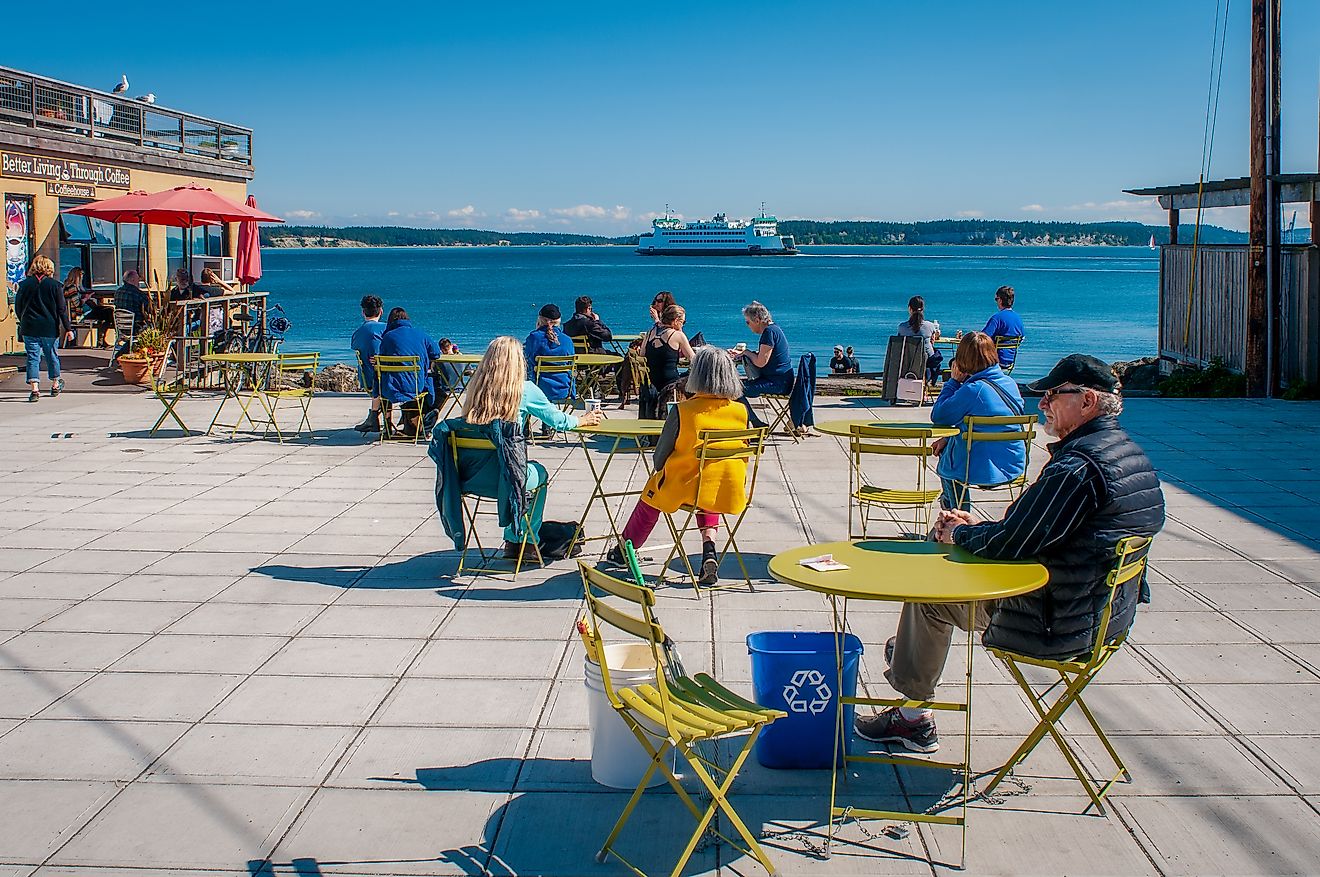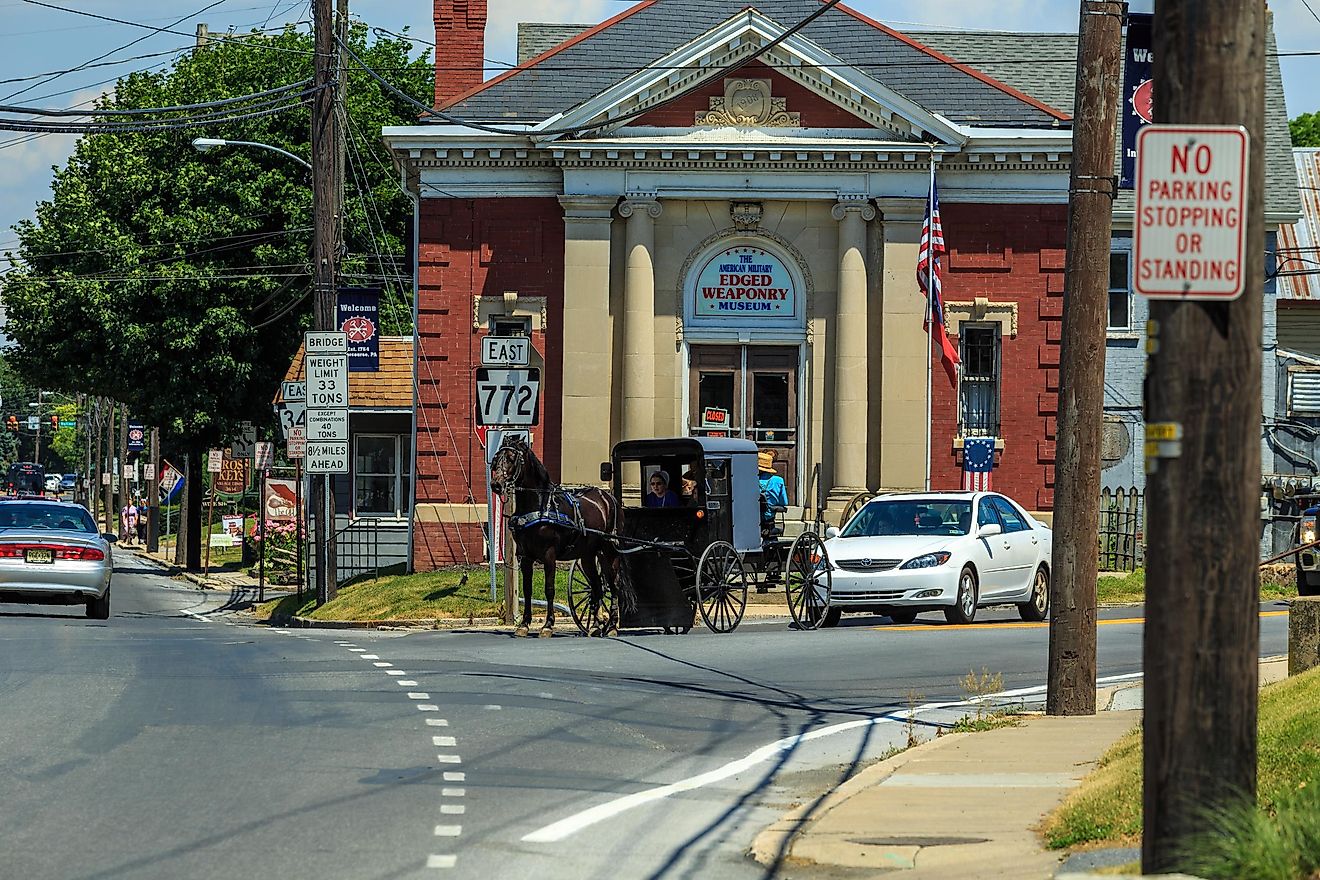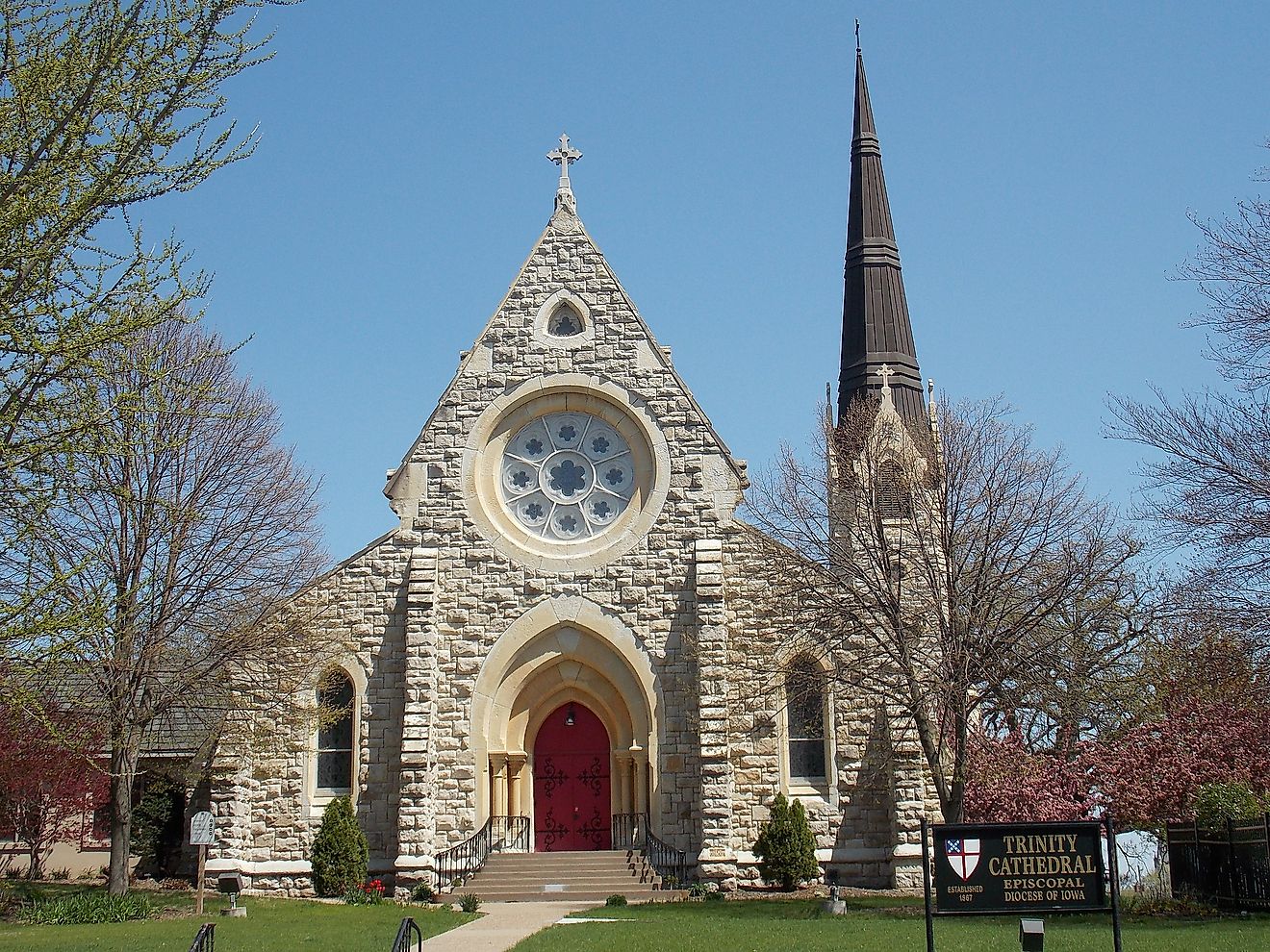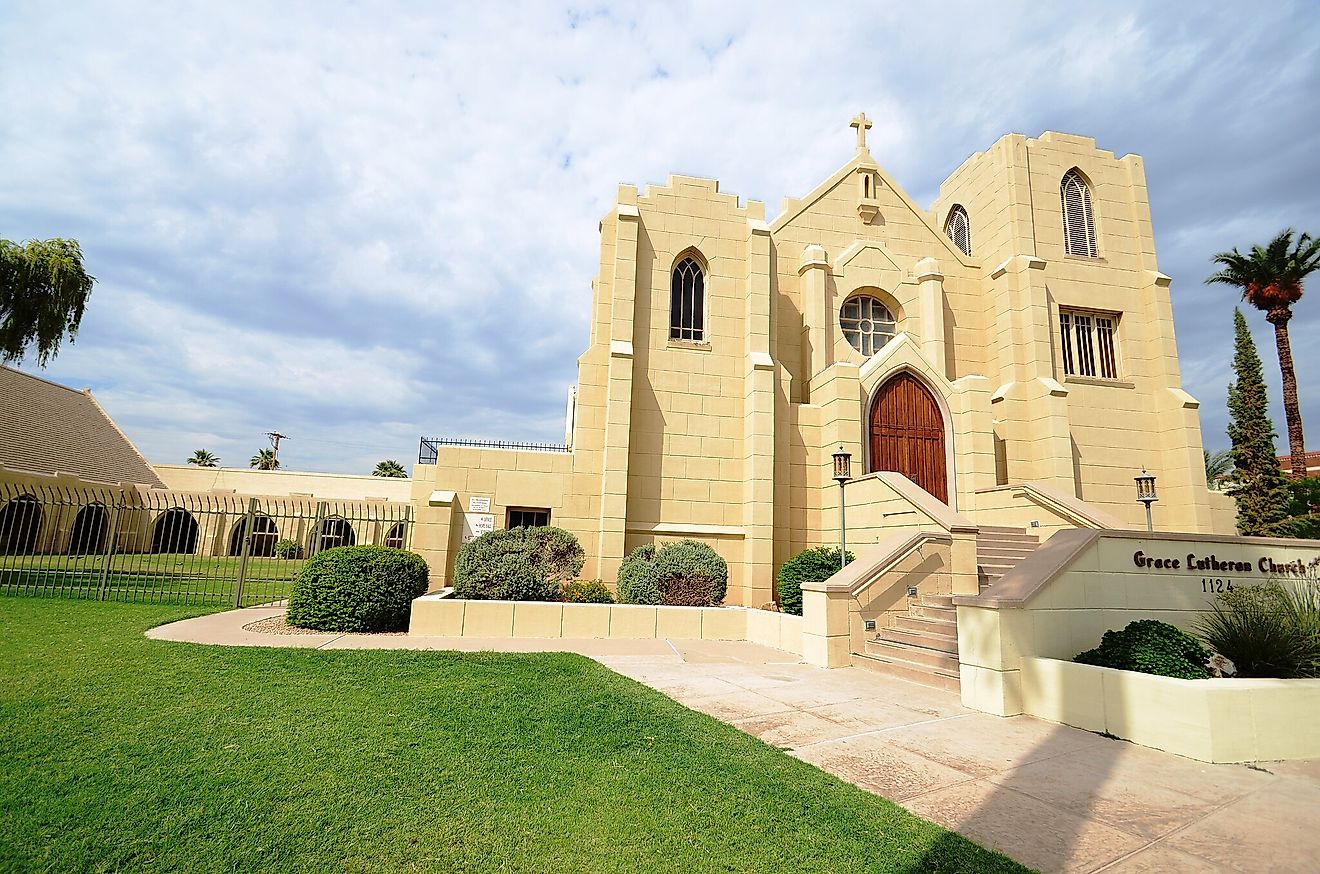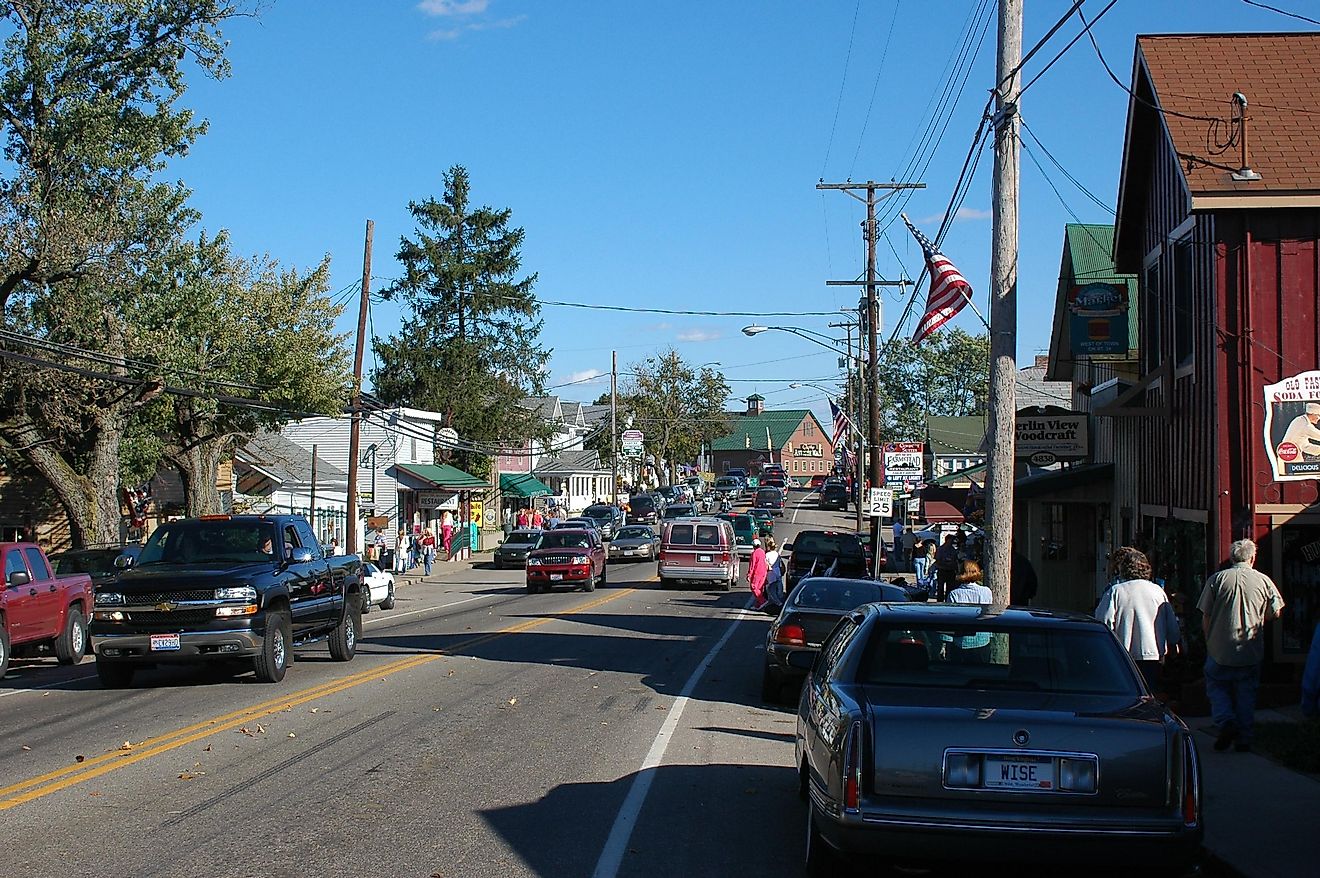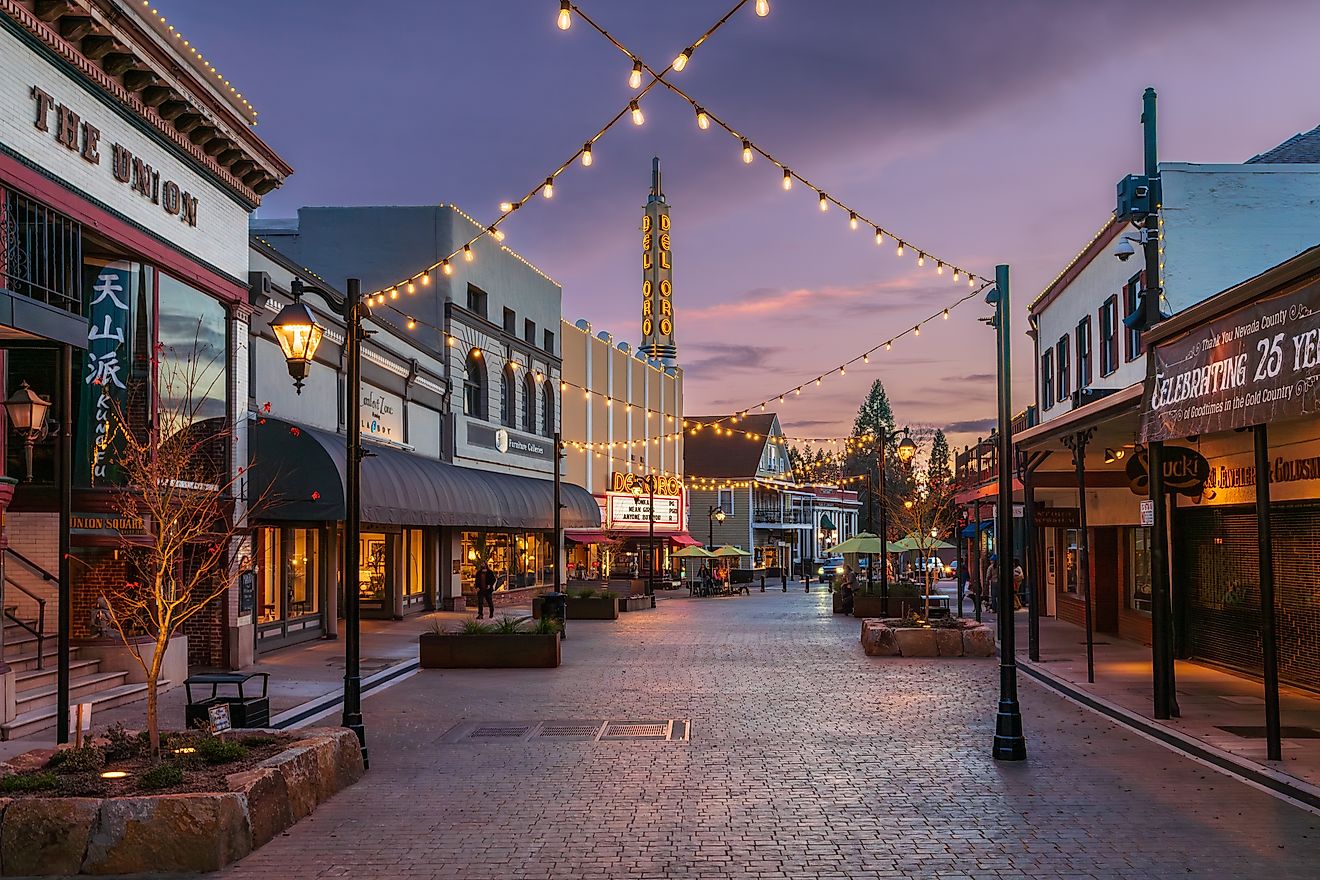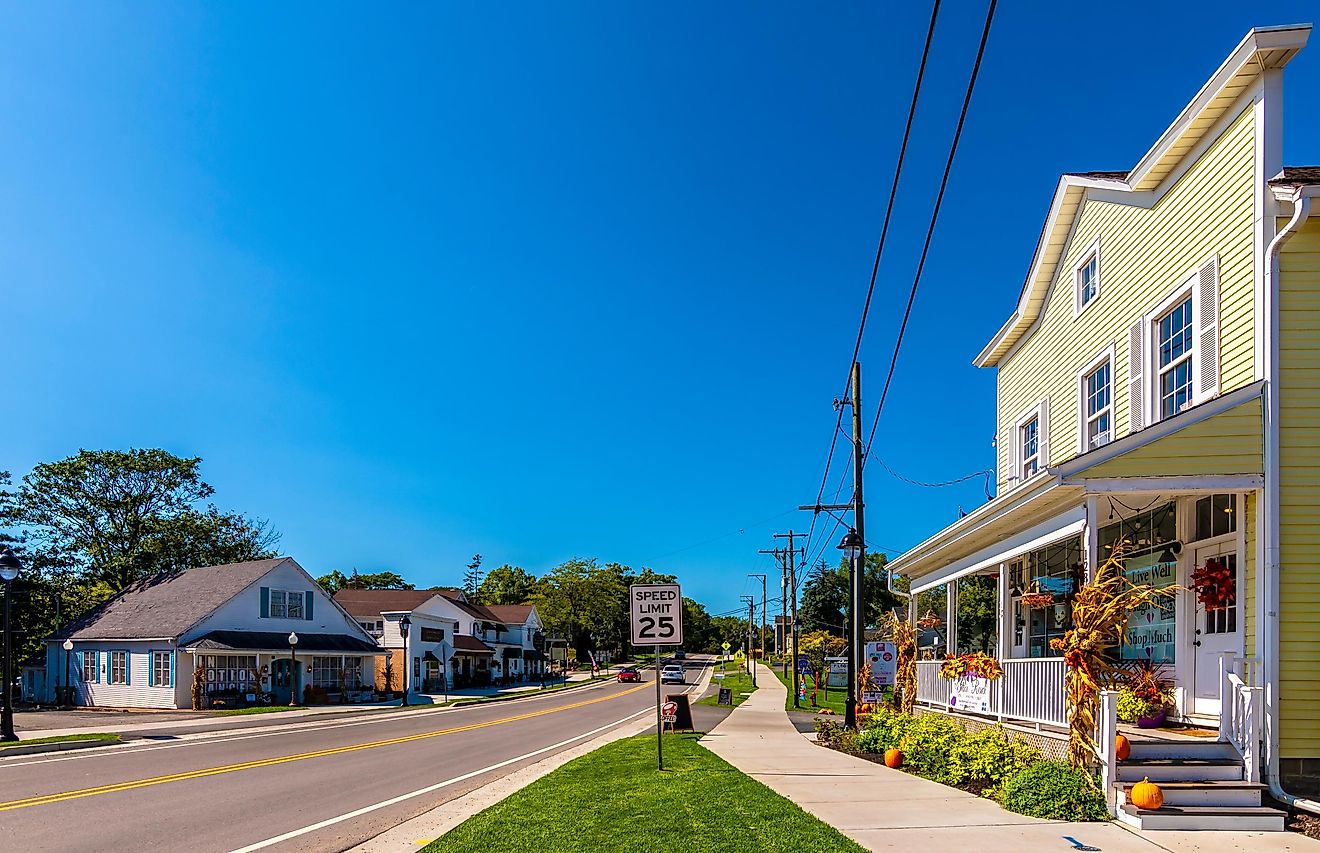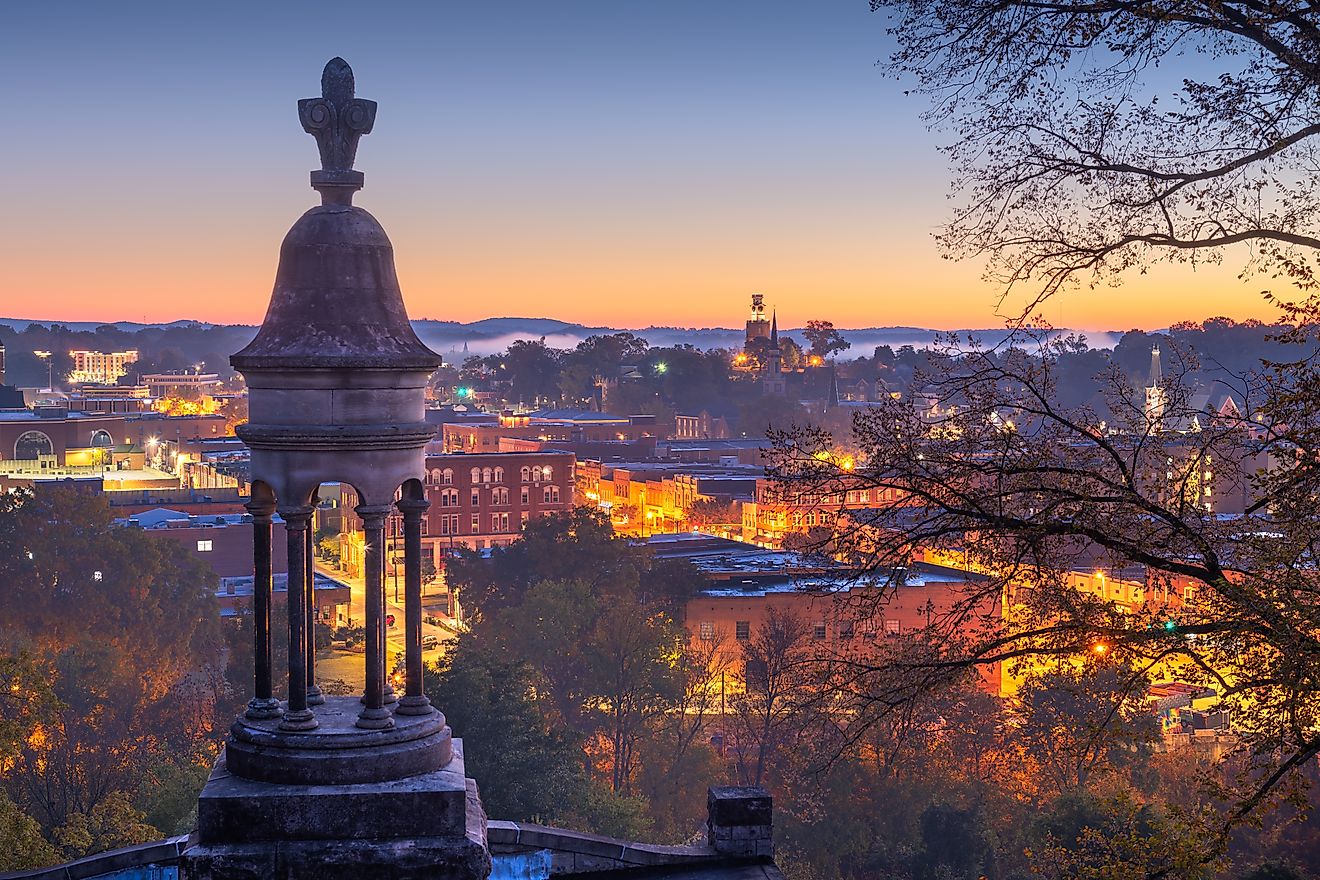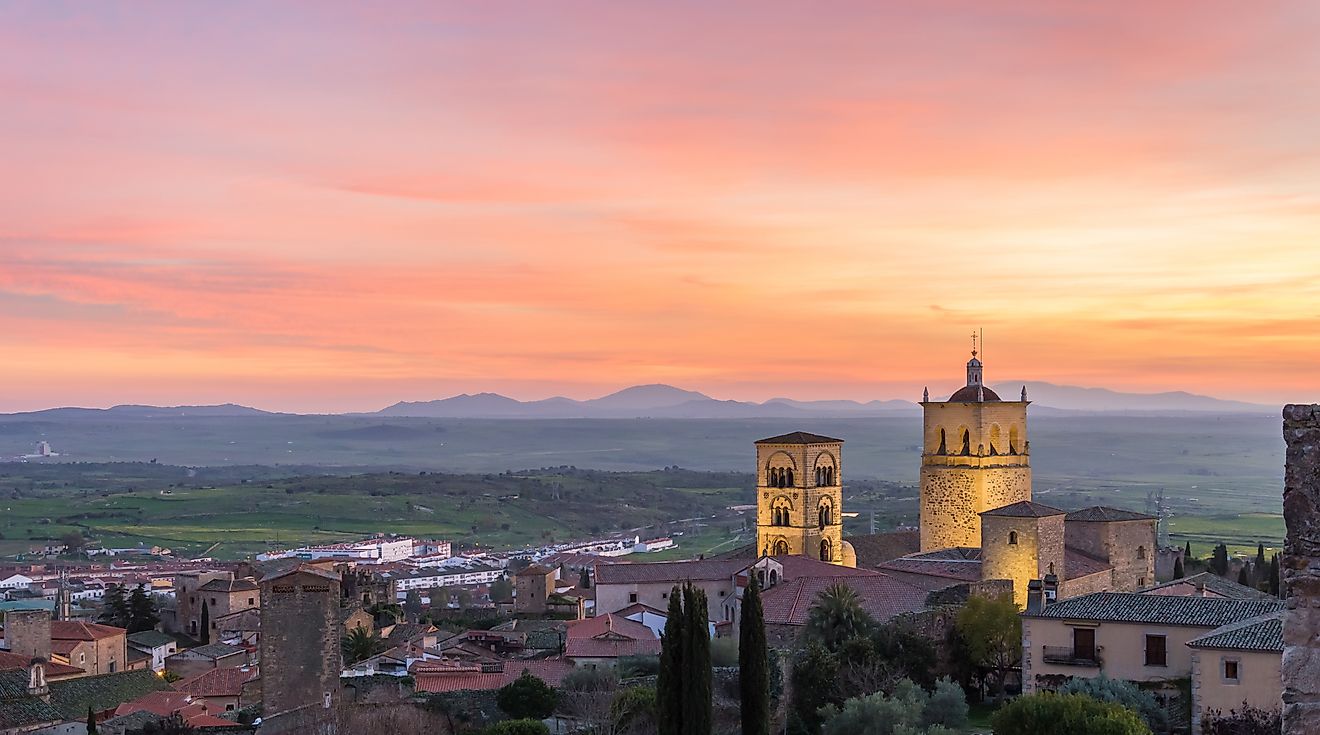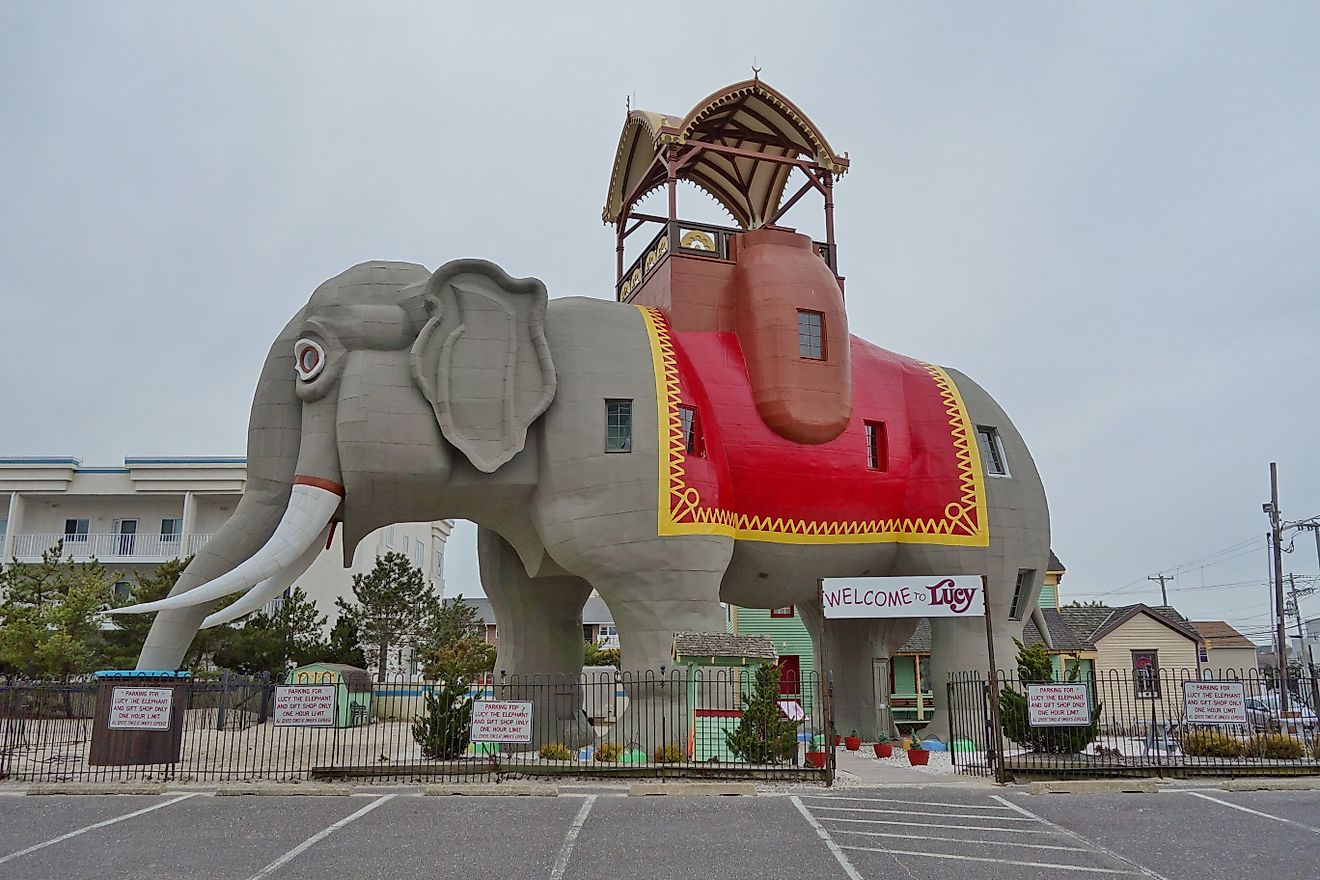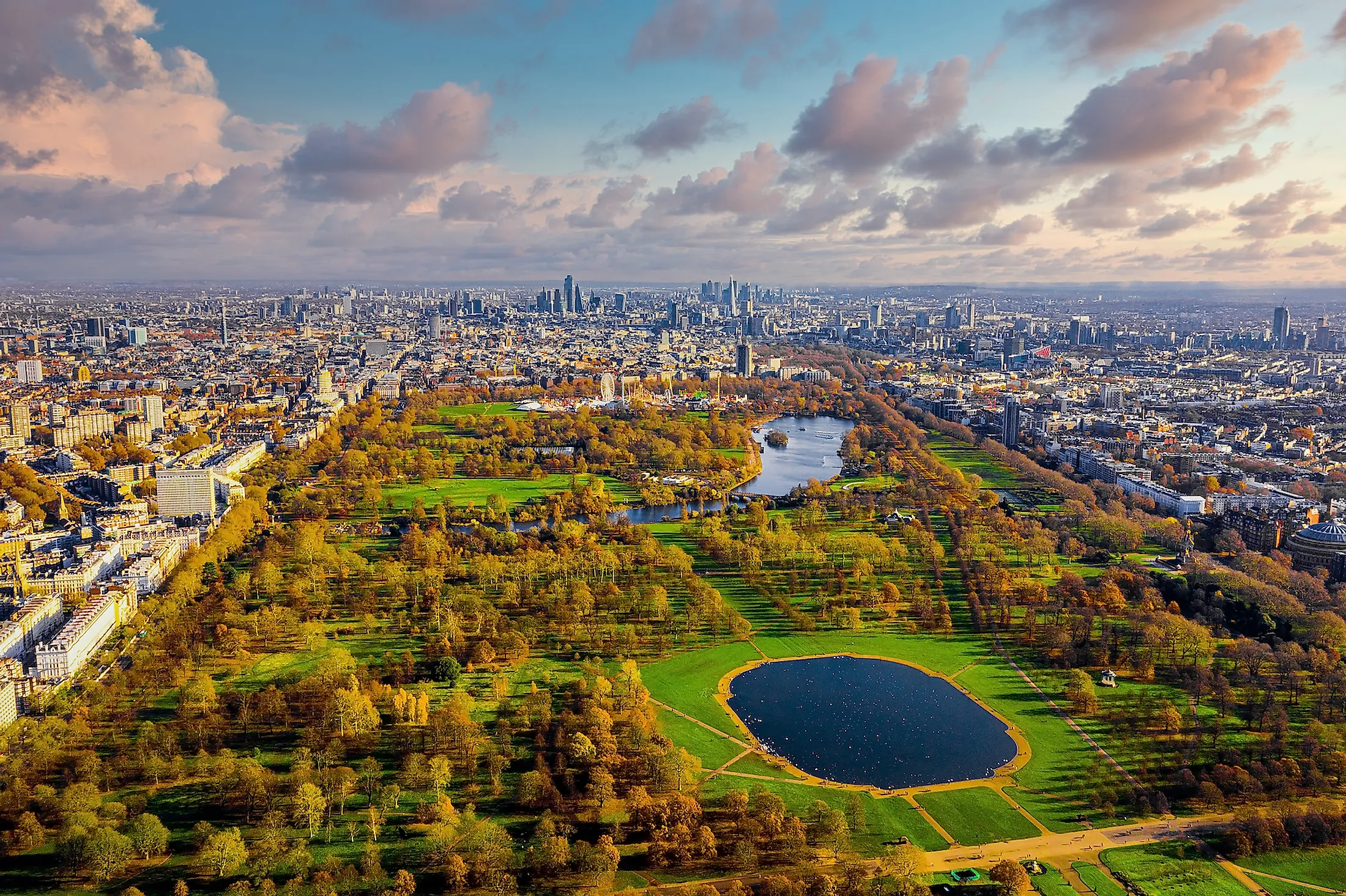
Hyde Park
Hyde Park is one of the largest and most well known parks in central London. It has an area of 350 acres and is the largest of the Royal Parks and is listed as a Grade-I site according to Historic Parks and Gardens. Hyde Park is broken up by two waterways, both the serpentine river and the long water lakes.
Location
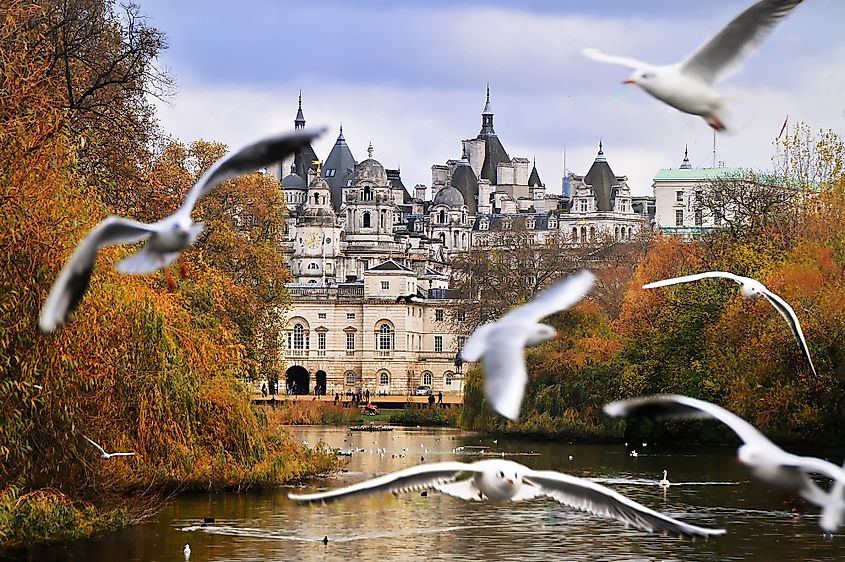
The park is situated within central London, very much in the city center. It’s street boundaries include Bayswater Road on the northern edge, Park Lane along the East side, and Knightsbridge to the south. Surrounding neighbourhoods include Mayfair, Belgravia and Paddington. On the western side of Hyde Park is Kensington Gardens, and the two parks bleed into one another via the Alexandra, Victoria gates and the serpentine bridge. Similarly, once you exit the park, you can follow a ‘chain’ of parks from Hyde park Corner to Green Park, St. James’s Park and Buckingham Palace Gardens, although these are not formally connected to one another.
History
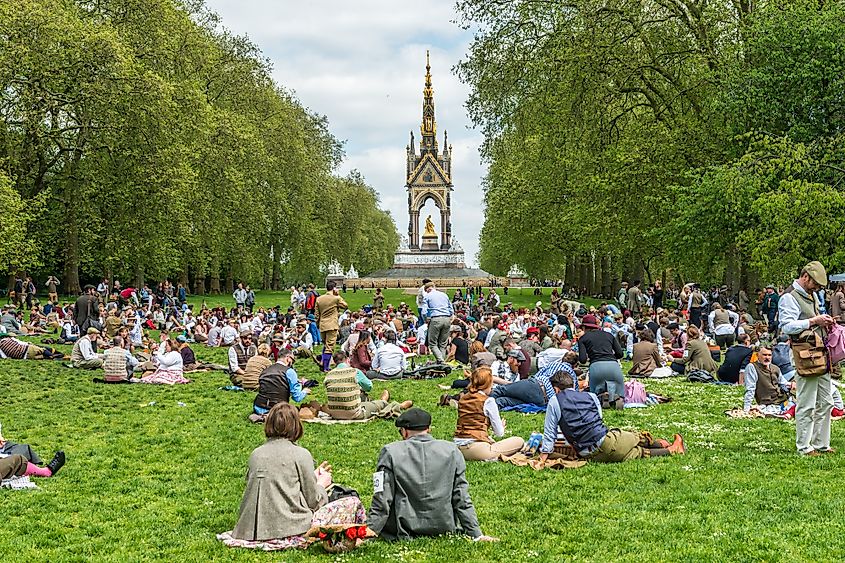
Hyde Park was first established in 1536 when Henry VIII set a portion of the land from Westminster Abbey aside as a hunting ground. It was not until 1637 that the park was able to be accessed by the public. In 1851, the park land was used to host The Great Exhibition, including the erection of The Crystal Palace. Into the 19th century the park was especially popular as a place to exercise free speech. Many protests, demonstrations and debates took place here, including Speaker’s Corner which was set up in 1872.
Gardens
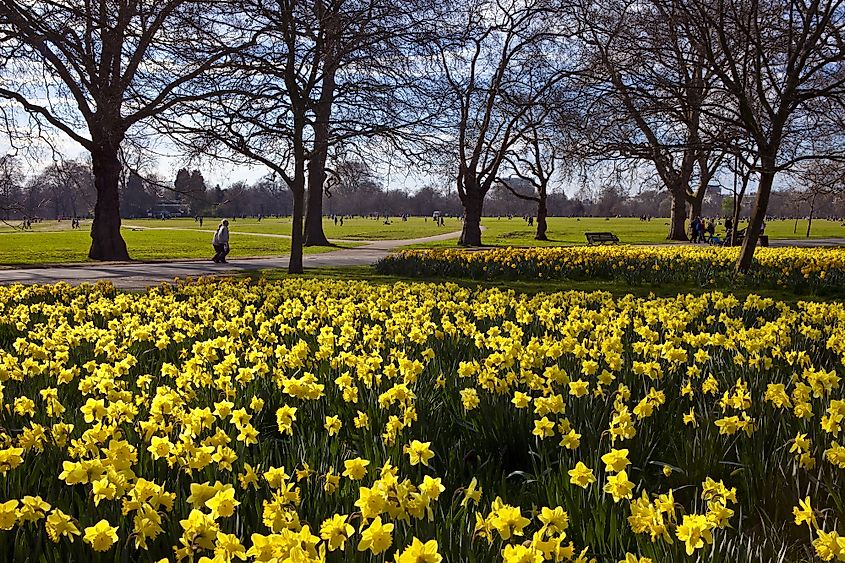
The park itself is mainly sloping lawns and green space with some trees and gardens. The gardens, like in many of the London based parks, are well maintained and usually rich with flowers and botany. In Hyde park, flowers were first planted in 1860, with an Italian water garden which included fountains, being introduced in 1861. In 1994, a rose garden was add to Hyde Park, bring an abundance of colour and beauty. In more modern years, four acres of greenhouses were added. These houses incubate and grow the bedding plants for all of the Royal Parks.
The primary tree type in the park used to be elm, and there were thought to be thousands of them, however some 9,000 of these died out due to the presence of a rampant elm disease throughout the park in the late 20th century. To compensate for this loss, lime and maple trees were later planted, which over the years have filled out the park once more. Monuments:Aside from plant life and fountains, there are several monuments in the park.
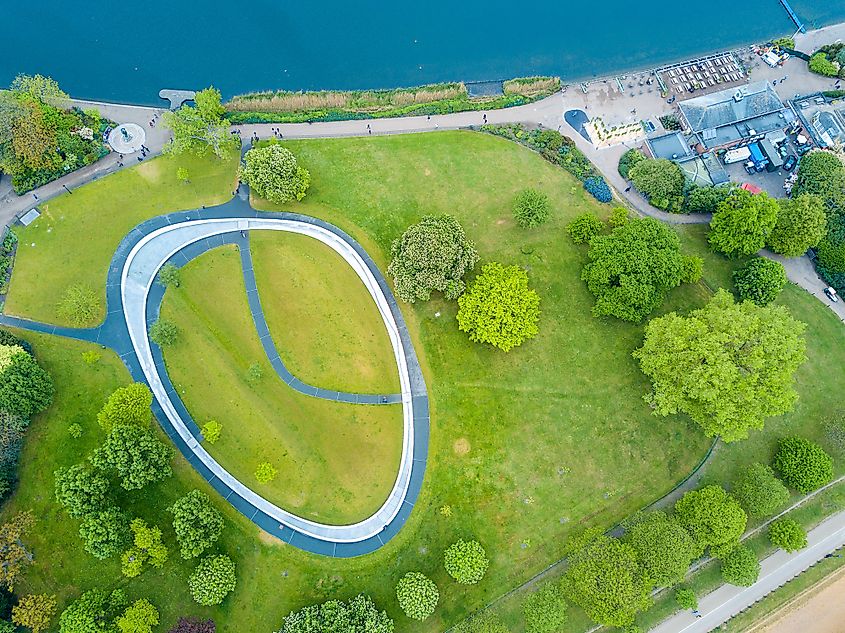
One of the most visited and loved monuments is the Diana, Princess of Wales Memorial, which is located to the south of the Serpentine. It was first opened in 2004 and features a ringed fountain. On the eastern side of the Serpentine is the London Holocaust Memorial, and nearby is the 7 July Memorial for those lives lost in the London bombing attack on July 7th.The Calvary Memorial, erected in 1924, originally stood at Stanhope Gate but was relocated to Serpentine Road.
In addition to these memorials and monuments are a number of sculptures. Some of these include the Jully Baby Family, Still Water - which depicts a horse head drinking, Vroom Vroom - an oversized hand with a toy car. In addition to these there are other non-memorial fountains scattered throughout the park.
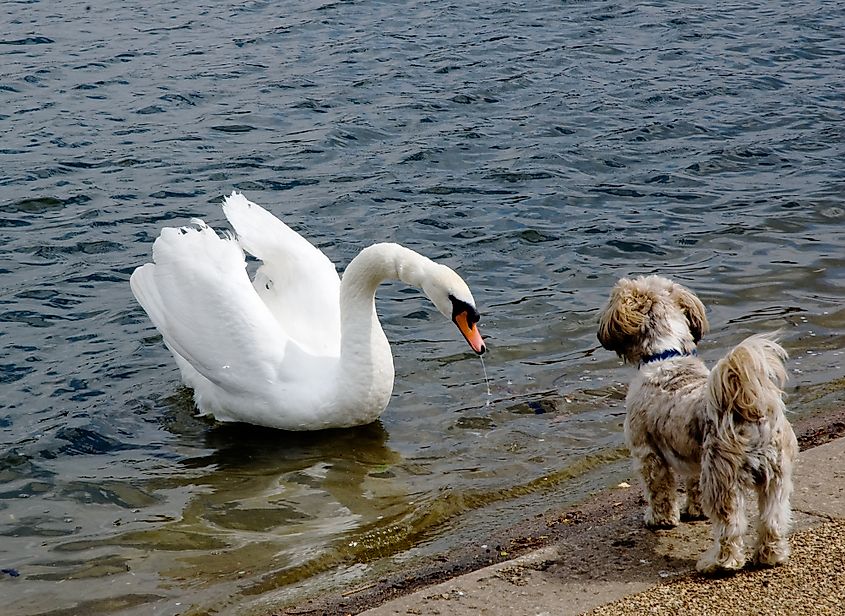
Hyde Park offers a lovely and quiet escape right in the heart of busy bustling London. Locals and visitors alike come to lounge in the summer sun, walk along the pathways and gardens, or pay their respects at memorials. Since 1536 it has been a designated natural area of greenery and songbirds, offering a refuge from the wider city.
